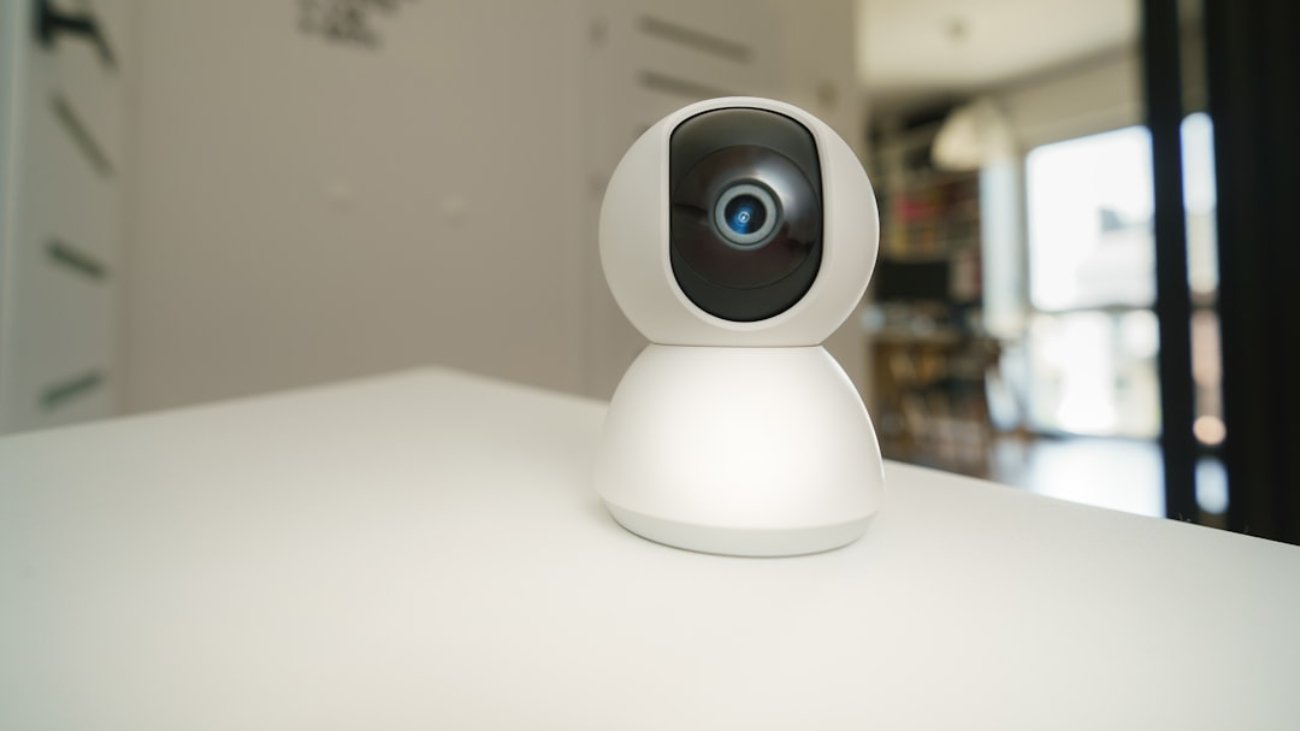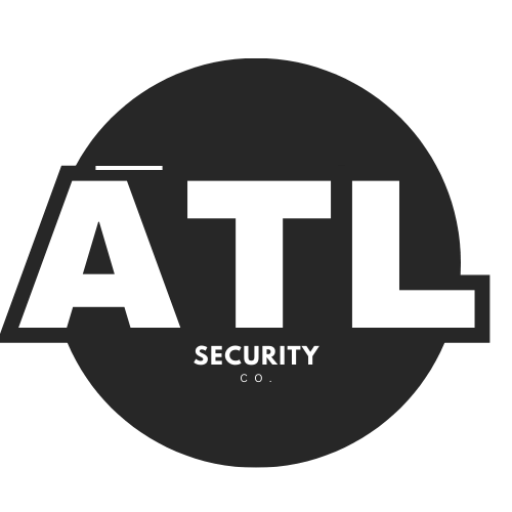Every community faces unique risks that can threaten safety and well-being. Natural disasters like hurricanes, earthquakes, floods, and wildfires can strike with little warning. Additionally, human-made threats such as chemical spills or terrorist attacks can also pose significant dangers.
Understanding these risks is the first step in preparing for emergencies. By identifying the specific threats in your area, you can tailor your emergency plan to address them effectively. For instance, if you live in a coastal region, hurricanes may be a primary concern.
In contrast, those in the Midwest might need to prepare for tornadoes. Researching local history and consulting with community resources can provide valuable insights into what types of emergencies are most likely to occur.
Key Takeaways
- Understand the potential risks in your area, such as natural disasters or other emergencies, and how they may impact your home and community.
- Create a communication plan with family members and neighbors to stay connected and informed during an emergency situation.
- Assemble an emergency kit with essential items such as water, non-perishable food, first aid supplies, and important documents.
- Establish evacuation routes from your home and have a designated meeting place for family members in case of separation.
- Secure your home by reinforcing doors and windows, securing outdoor items, and turning off utilities if necessary during an emergency.
- Plan for special needs such as medications, medical equipment, and pet care in your emergency preparedness plan.
- Stay informed about potential emergencies through local news, weather alerts, and community resources.
- Practice and review your emergency plan with family members and neighbors to ensure everyone knows what to do in case of an emergency.
Creating a Communication Plan
A solid communication plan is essential during emergencies. When disaster strikes, it can be chaotic, and having a clear plan can help keep everyone connected. Start by identifying how family members will communicate if separated.
Designate a meeting place where everyone can gather safely. This could be a neighbor’s house or a local park. Make sure everyone knows this location and how to get there.
In addition to a physical meeting point, consider using technology to stay in touch. Share contact information for family members and close friends. Apps that allow for group messaging can be useful, especially if phone lines are down.
It’s also wise to have a backup plan for communication, such as using social media or email, which may still function when traditional methods fail. Regularly review and practice this plan to ensure everyone knows what to do when an emergency occurs.
Assembling an Emergency Kit

An emergency kit is a crucial component of any preparedness plan. This kit should contain essential items that can sustain you and your family for at least three days. Start with water; each person needs about one gallon per day for drinking and sanitation.
Next, include non-perishable food items like canned goods, granola bars, and dried fruits. Don’t forget a manual can opener if your food requires it. In addition to food and water, your kit should have first aid supplies, flashlights, batteries, and personal hygiene items.
Consider including important documents like identification, insurance papers, and medical records in a waterproof container. It’s also wise to pack any necessary medications and a list of allergies or medical conditions for each family member. Regularly check your kit to replace expired items and ensure it remains ready for use at all times.
Establishing Evacuation Routes
Knowing how to evacuate safely is vital during an emergency. Establishing clear evacuation routes can save lives when time is of the essence. Start by mapping out the quickest paths away from your home to designated safe areas.
Familiarize yourself with multiple routes in case one becomes blocked or unsafe. Practice these routes with your family so everyone knows where to go and how to get there. It’s also important to stay informed about local evacuation plans and shelters.
Many communities have designated safe zones where residents can go during emergencies. Make sure everyone understands how to reach these locations and what to expect upon arrival.
Securing Your Home
Securing your home is an essential part of emergency preparedness. Start by assessing potential vulnerabilities in your property. Check windows and doors to ensure they are sturdy and can be locked securely.
Reinforce entry points with deadbolts or security systems if possible. This not only protects against intruders but also helps keep your family safe during natural disasters. Additionally, consider creating a defensible space around your home if you live in an area prone to wildfires.
Clear away dead vegetation and maintain a buffer zone of at least 30 feet around your property. Store flammable materials like propane tanks away from the house and ensure that gutters are clean to prevent fire hazards. Taking these steps can significantly reduce risks and provide peace of mind during emergencies.
Planning for Special Needs
When creating an emergency plan, it’s crucial to consider the needs of all family members, especially those with special requirements. This includes young children, elderly relatives, or individuals with disabilities. Make sure that everyone’s specific needs are addressed in your plan.
For example, if someone in your household requires medication, ensure that you have an adequate supply in your emergency kit. If you have pets, include their needs as well—food, water, leashes, and any necessary medications should be part of your preparations. Additionally, consider transportation needs for those who may have difficulty evacuating on their own.
By planning for special needs, you ensure that everyone in your family is safe and accounted for during an emergency.
Staying Informed
Staying informed is critical during emergencies. Knowledge about weather conditions, local alerts, and safety recommendations can make a significant difference in how you respond to a crisis. Invest in a battery-powered weather radio or download reliable weather apps on your smartphone to receive real-time updates.
Follow local news outlets on social media or through their websites for the latest information about emergencies in your area. Many communities also have alert systems that send text messages or emails about severe weather or other urgent situations. Sign up for these services to stay connected and informed about what’s happening around you.
Practicing and Reviewing the Plan
Creating an emergency plan is just the beginning; practicing it is equally important. Schedule regular drills with your family to ensure everyone knows what to do in various scenarios—whether it’s a fire drill or a severe weather warning. These practices help reinforce the steps needed during an actual emergency and build confidence among family members.
After each drill, take time to review what went well and what could be improved. Discuss any challenges faced during the practice and adjust your plan accordingly. This ongoing evaluation ensures that your emergency plan remains effective and relevant as circumstances change over time.
In conclusion, preparing for emergencies involves understanding risks, creating communication plans, assembling emergency kits, establishing evacuation routes, securing homes, planning for special needs, staying informed, and regularly practicing the plan.
Remember that preparation is not just about having supplies; it’s about fostering a mindset of readiness that empowers you and your loved ones to face any situation with confidence.
FAQs
What is a home emergency plan for natural disasters?
A home emergency plan for natural disasters is a set of guidelines and procedures that a household follows to prepare for and respond to natural disasters such as hurricanes, earthquakes, floods, and wildfires.
Why is it important to have a home emergency plan for natural disasters?
Having a home emergency plan for natural disasters is important because it helps households to be prepared and organized in the event of a natural disaster. It can help minimize the impact of the disaster and ensure the safety of the household members.
What should be included in a home emergency plan for natural disasters?
A home emergency plan for natural disasters should include an evacuation plan, a communication plan, a list of emergency contacts, a designated meeting place, a supply kit, and instructions for turning off utilities.
How can I create a home emergency plan for natural disasters?
To create a home emergency plan for natural disasters, start by identifying the types of natural disasters that are common in your area. Then, develop a plan for each type of disaster, including evacuation routes, emergency contacts, and necessary supplies.
How often should a home emergency plan for natural disasters be reviewed and updated?
A home emergency plan for natural disasters should be reviewed and updated at least once a year, or whenever there are significant changes in the household, such as the addition of new members or changes in the living situation.








